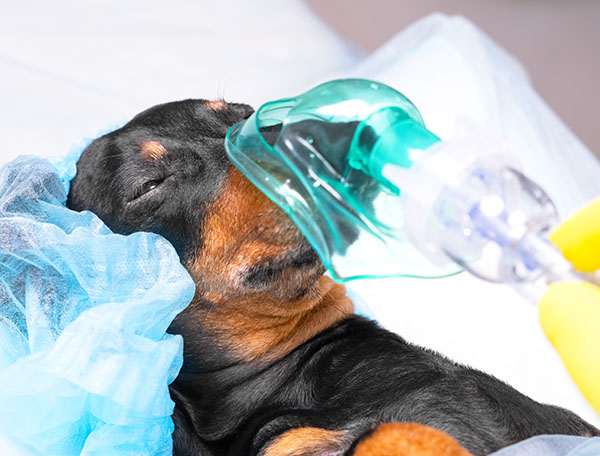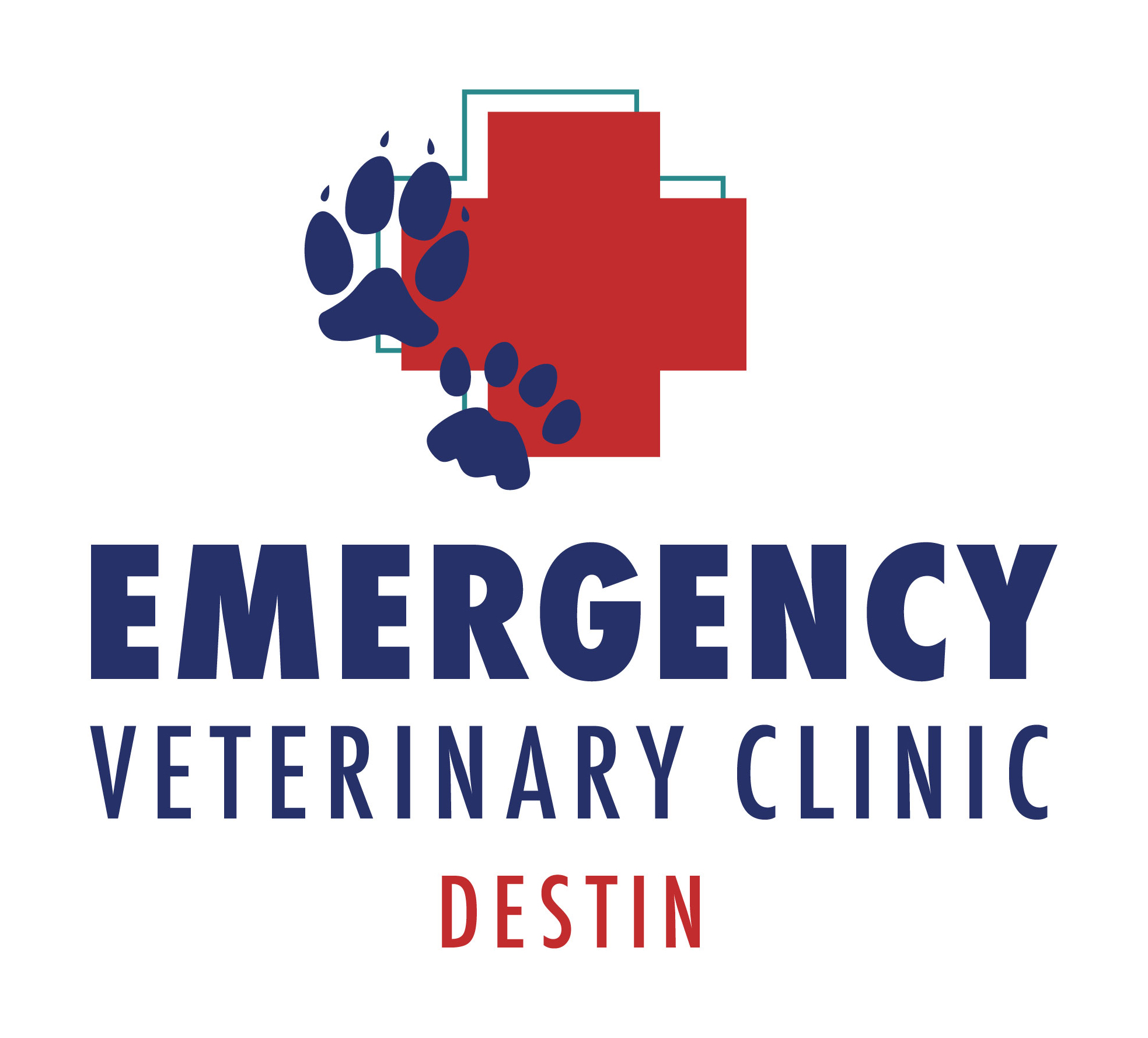Oxygen Therapy / Oxygen Chambers
What is oxygen therapy?
Oxygen therapy is where supplemental oxygen is given to pets that have low levels of oxygen in their blood (hypoxemia) or who are unable to breathe enough oxygen on their own. This therapy aims to increase the oxygen levels in the blood and improve tissue oxygenation throughout the body.

Why would my pet need oxygen therapy?
Oxygen therapy is primarily to ensure proper oxygenation of tissues and organs in cases where your pet's respiratory function is compromised or oxygen levels are low. Some common scenarios where oxygen therapy might be necessary include:
- Respiratory Distress: Pets experiencing respiratory distress due to conditions such as pneumonia, asthma, bronchitis, or congestive heart failure may require supplemental oxygen to support their breathing.
- Trauma: Pets with traumatic injuries, such as chest trauma or near-drowning incidents, may suffer from impaired respiratory function and require oxygen therapy to stabilize their condition and prevent low oxygen levels(hypoxia).
- Anesthesia Recovery: Pets undergoing anesthesia or sedation for surgical procedures may require oxygen therapy during the recovery period to facilitate the elimination of anesthetic gases from their system and ensure they wake up safely.
- Cardiac Conditions: Pets with certain cardiac conditions, such as heart failure or congenital heart defects, may experience reduced oxygen delivery to their tissues due to poor circulation. Oxygen therapy can help improve tissue oxygenation and alleviate symptoms of hypoxia.
- Toxicities: Pets exposed to certain toxins or poisons, such as carbon monoxide or smoke inhalation, may require oxygen therapy to counteract the effects of toxin-induced hypoxia and support their recovery.
- Post-Surgical Care: Pets recovering from certain surgical procedures, particularly those involving the respiratory or cardiovascular system, may benefit from oxygen therapy to support healing and recovery.
Oxygen therapy can be delivered through various methods, including nasal prongs, oxygen masks, oxygen tents, or oxygen cages, depending on the pet's size, condition, and specific oxygen requirements.
It's essential for pets receiving oxygen therapy to be closely monitored by veterinary staff to ensure appropriate oxygen levels are maintained and to adjust treatment as needed based on the pet's response.

